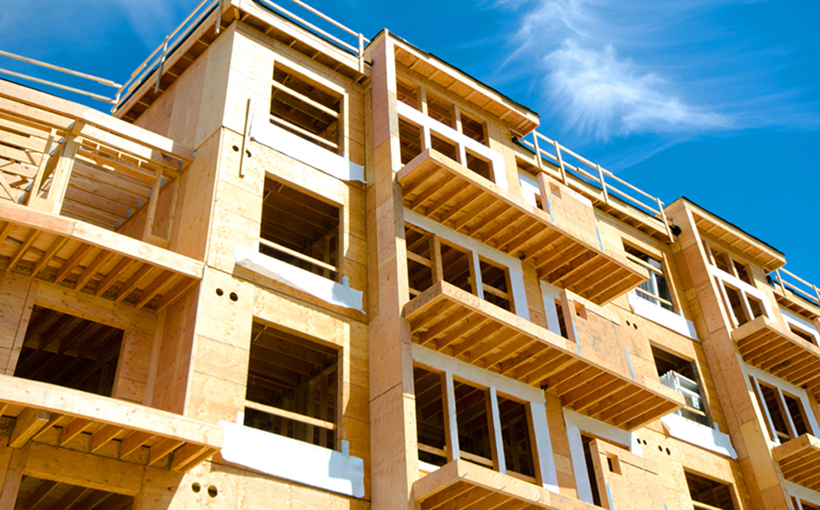According to recent data from the U.S. Census Bureau, multifamily construction starts have seen a 12% decline year-to-date compared to the same period in 2022. While this number may seem manageable given the current housing shortage, Jay Parsons of RealPage disagrees with these findings and suggests that there has actually been a more significant drop of around 40%.
Parsons points out several reasons for this decline in apartment construction starts, including different data sources used by private-sector providers such as RealPage and Yardi Matrix which track individual projects from planning to completion.
He also references information from the American Institute of Architects which shows a continuous decrease in billings for multifamily projects over the past 15 months. This is due to declining demand for architects as interest rates rise and conditions at firms specializing in multifamily residential remain weak.
Another factor contributing to lower construction starts is a lack of available financing according surveys conducted by National Multifamily Housing Council on apartment developers. The surveys reveal that nearly all projects were delayed in 2023 due to limited access to construction financing.
In addition, according Federal Reserve’s Senior Loan Officer Survey, lending standards have tightened significantly for new constructions further hindering development opportunities.
With less available debt and equity investors being drawn towards existing properties with falling asset values rather than ground-up developments, it’s unlikely we will see any meaningful increase in new constructions until at least after peak deliveries hit through next year.
Overall demand continues outpacing supply indicating potential future shortages unless market conditions improve significantly such as lowering interest rates or stabilizing asset values making it more attractive for banks and developers alike.


